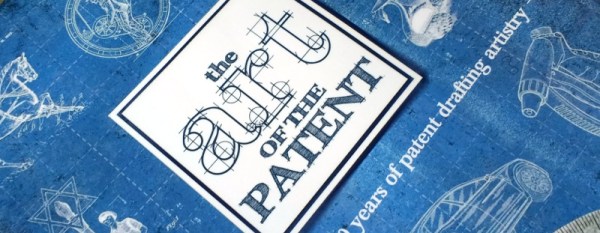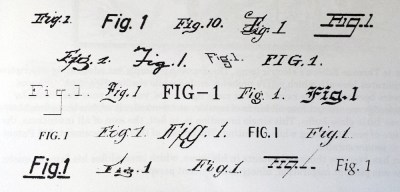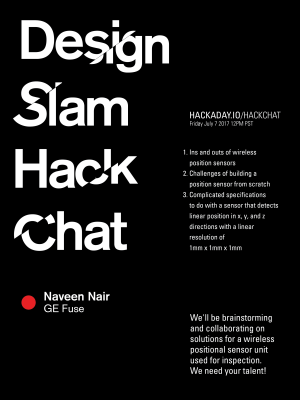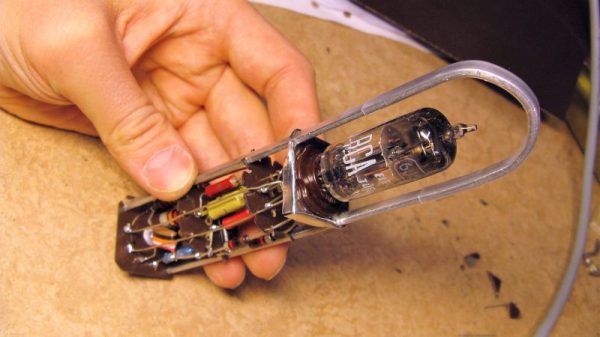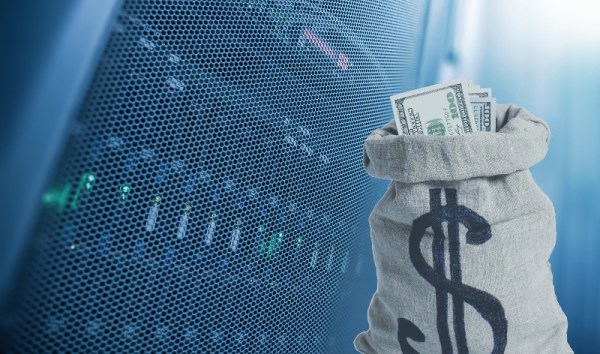In the last couple of decades we have become used to the browser taking over so many of the desktop functions for which we used to rely on stand-alone software. Email clients, calendars, office suites and much more can now be found in the cloud, courtesy of the usual technology companies.
Sometimes these cloud-based alternatives to desktop software can be a little sketchy, but often they have features that might surprise you as they edge towards parity with the packages they seek to replace. Google Docs, for instance has a full-featured built-in scripting language called Apps Script, that gives your full control of a document or spreadsheet with the help of a bit of Javascript. When [Brian Steffens] saw this it piqued his interest, so of course he had to in his words “do something weird with it”. The result of his efforts is the Google Sheets Virtual Machine, a virtual computer in software using spreadsheet cells as memory, stack, and registers.
With only a 100-cell memory and dependent entirely upon the processing power available to the host browser, this machine is not likely to set the world on fire. He gives full instruction set details, there are a couple of demo programs, a Fibronacci sequence generator and a factorial generator, but its general lack of power is not really the point. Instead its value lies in an elegant demonstration for its own sake that a virtual computer can be built in the unlikeliest of places, and for those interested enough to peer into its code, some idea how that might be achieved.
[via Hacker News]


